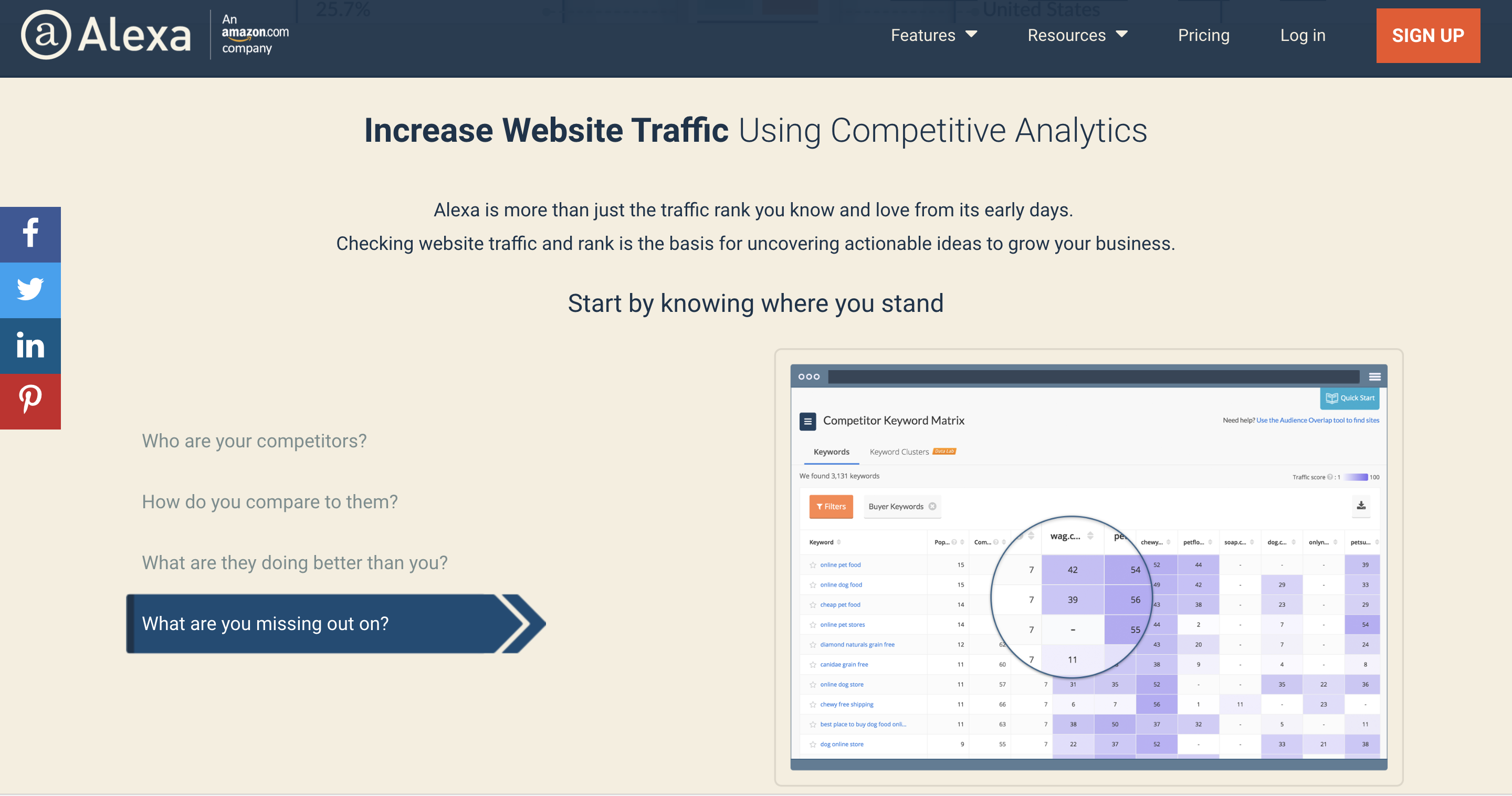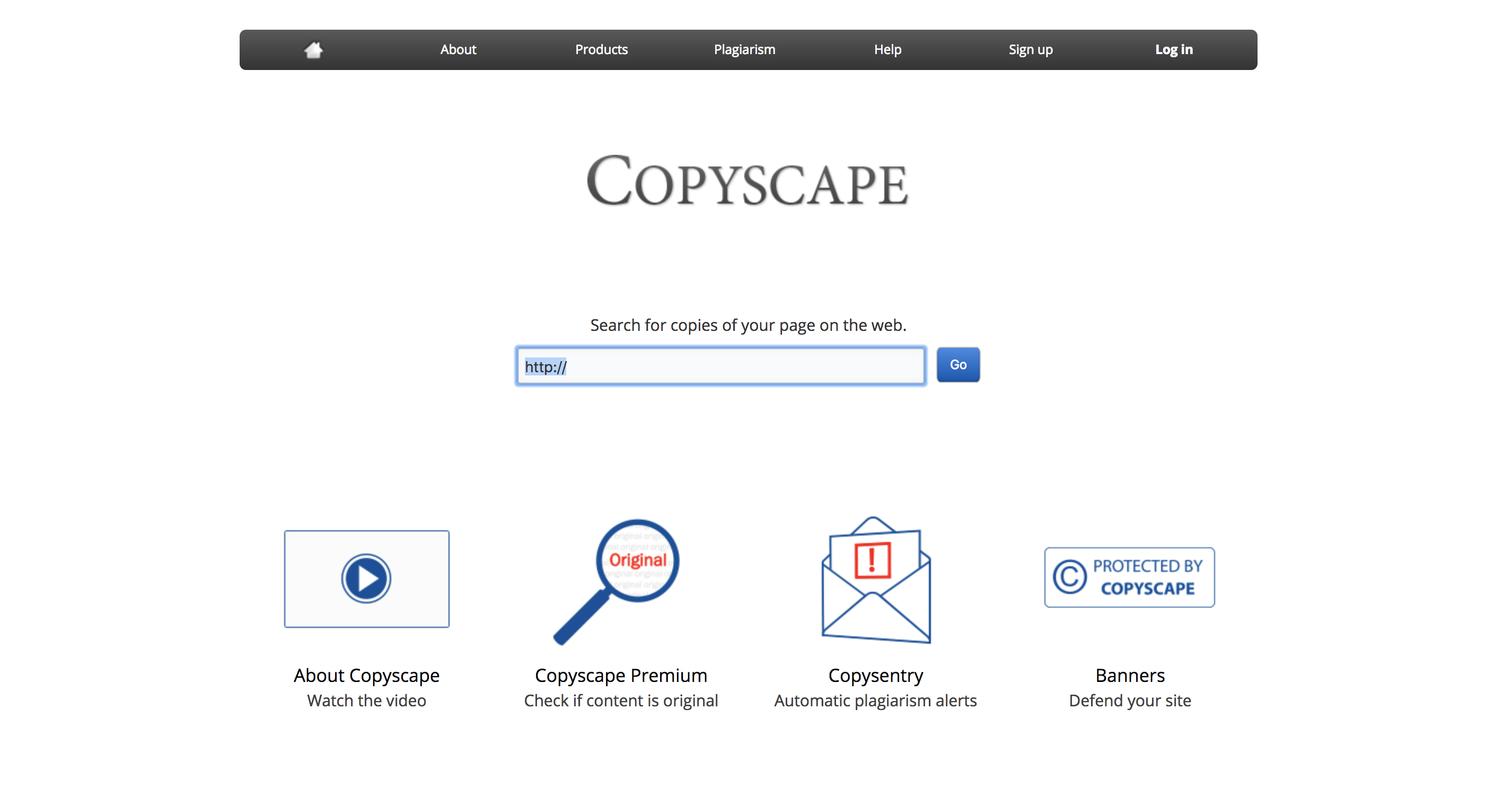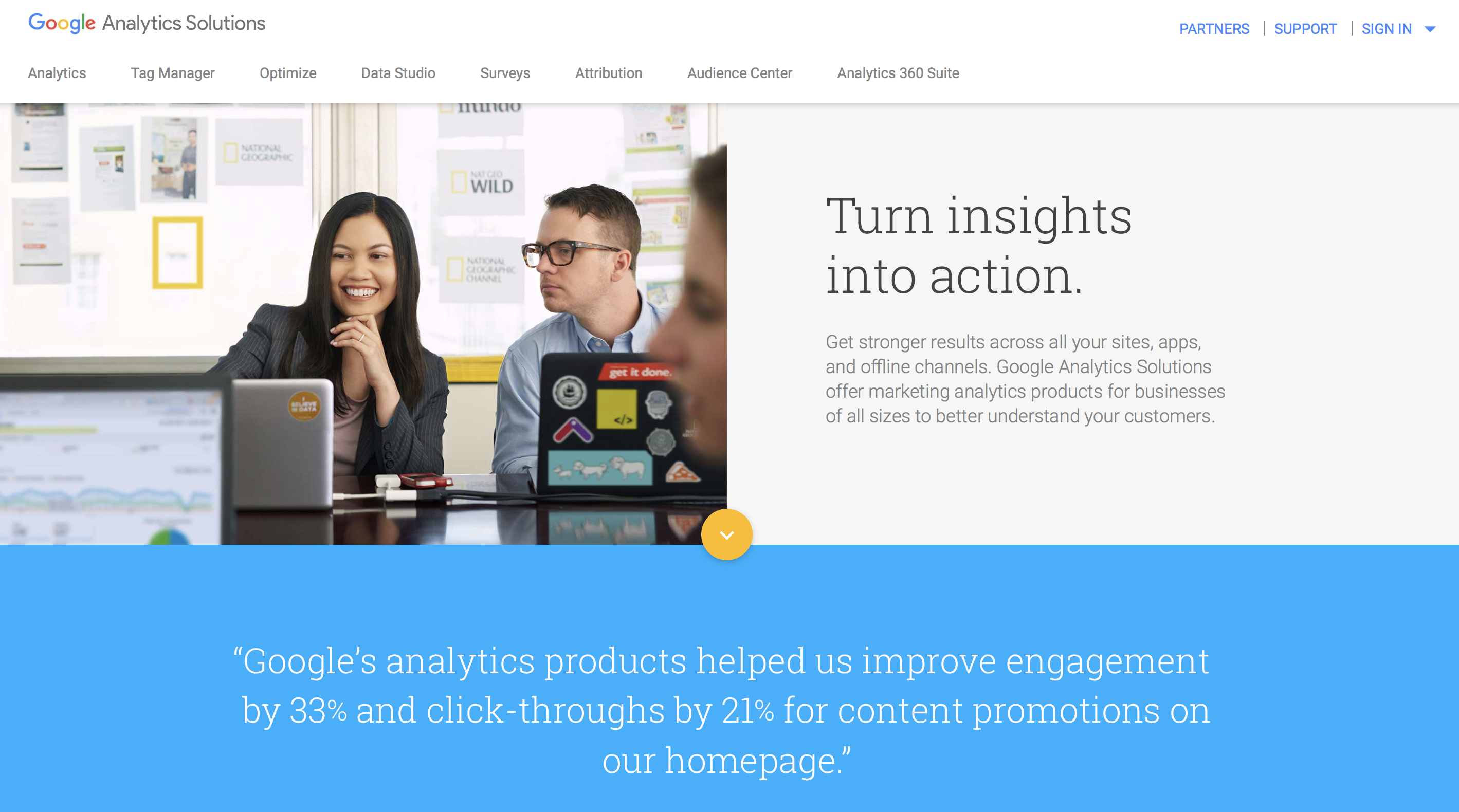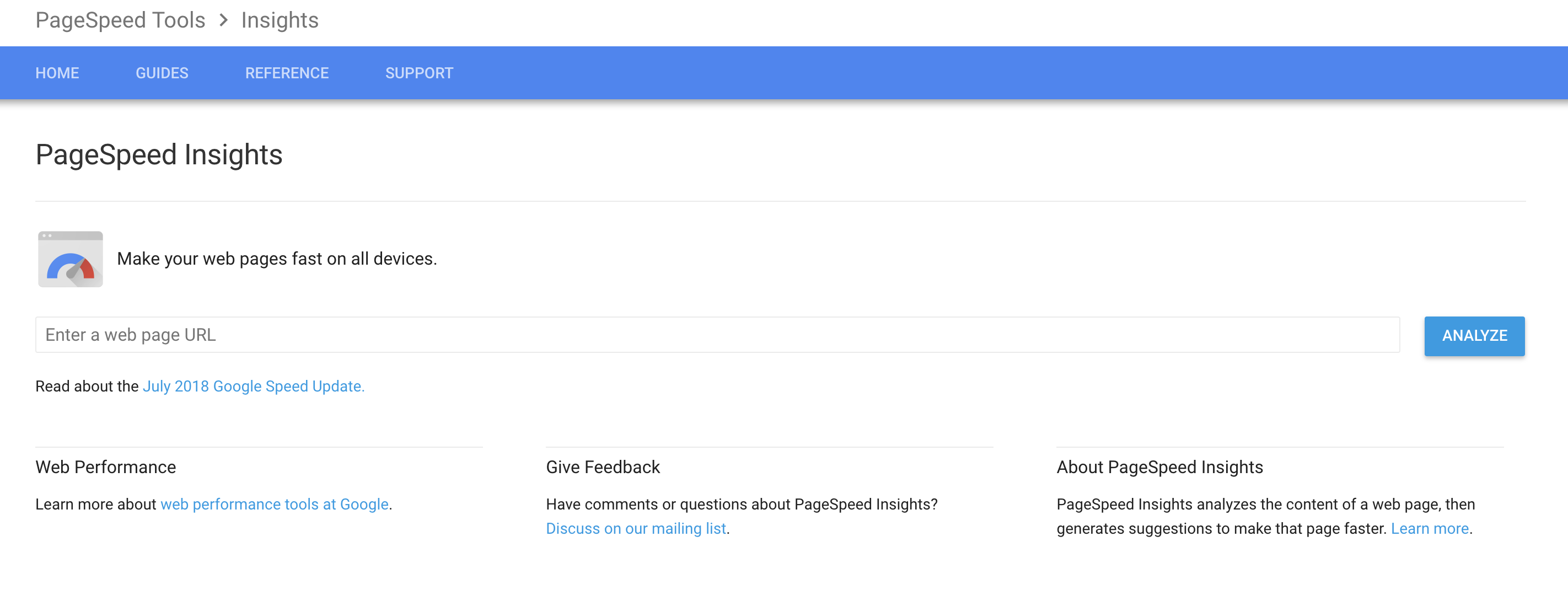Although often used interchangeably, sales and marketing plans are different documents that serve different purposes. Both are vital for your institution to stay on track when it comes to recruitment and internal marketing efforts. Do your sales and marketing plans have all of their essential elements?
What Should Be in Your School’s Sales and Marketing Plans?
Marketing plans serve two main purposes: they identify target markets and develop strategies for recruiting potential students. Sales plans then detail the strategies your institution will use to sell programs. Therefore, a sales plan is a vital part of your school’s larger marketing strategy.
Marketing Plan “Musts”
To identify target markets, a marketing plan should utilize Google Analytics and knowledge of industry trends. Ask yourself the following questions:
- What countries comprise the majority of current traffic?
- Has this traffic changed in the last year?
- What has caused these increases/decreases?
- What target markets are missing from our reports?
- What’s our full list of target markets?
- Are our multilingual pages for each of these markets optimized?
- Does our web traffic reflect our recruitment efforts?
- Do our social media efforts cater to these markets?
- Do any ads we ran or are running currently cater to these markets?
- Do our bookings reflect our traffic?
- What countries had significant increases or decreases in bookings this last year?
- Do our marketing efforts align with these increases? (In other words, have we identified emerging markets based on interest/bookings?)
- How are we promoting each program?
- Are we promoting each program to its specific target market? Specifically, how are we doing so?
- How can we do things better than we have in previous years?
- Are we collecting testimonials, photos, videos, and other marketing tools (such as newsletters) in the best way possible?
- Are we establishing a longstanding relationship with students after they leave our program?
- Are we tracking student success in the best way possible?
- Are we seeking Google reviews?
- How are we establishing ourselves as being different from our competitors?
- Do our marketing materials reflect this differentiation?
- Are our social media accounts optimized?
- Should we be offering specials? Or other scholarships?
- Do our programs reflect the needs of our target markets? How could they be improved to bring in more bookings?
Sales Plan “Musts”
Your sales plan must outline your institution’s goals related to bookings. It should include measurable results (such as an increase in inquiries and bookings) and should include actions related to the answers to the questions from your marketing plan.
A sales plan should include the following:
- Specific actions related to all aspects of the marketing plan
- Specific actions related to promoting program dates and application deadlines (for each market)
- Budgets for advertisements
- Specific actions related to post-program social media and advertisements
- A calendar of action items (with tasks assigned to individuals)
- Fairs and other recruitment events
- Deadlines for when marketing and recruitment materials must be printed/created
- Specials, promotions, and scholarship details
Ask yourself the following questions:
- Are we accurately tracking inquiries?
- What is our inquiry-to-booking conversion rate?
- How are we taking steps to improve our inquiry-to-booking conversion rate?
- How are we catering to our target markets?
- How are we promoting each program in each target market?
- How far in advance are we promoting programs and making agents and potential students aware of application deadlines?
- How are we communicating our successes to agents?
- Are we working with the right agents?
- Are we attending the right fairs to recruit from our target markets?
- Do we have all of the right materials we need to market and recruit?
At Lastarria Media, LLC we provide project management and consulting services to help your institution create and execute effective sales and marketing plans. Contact us for more information.


































